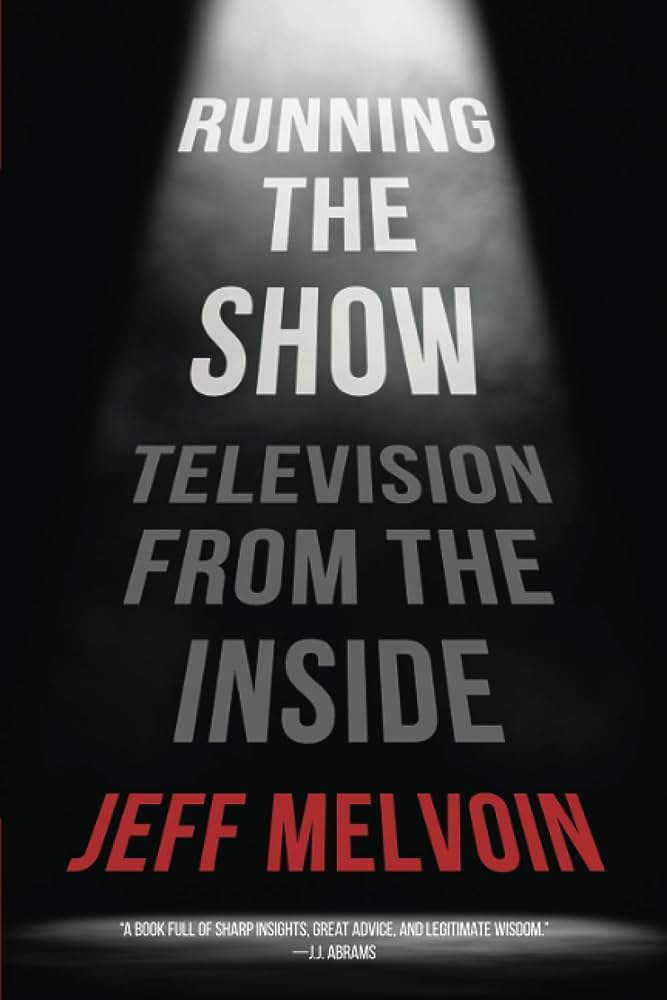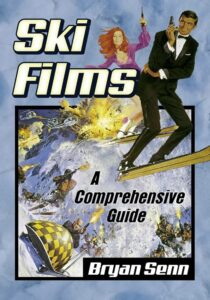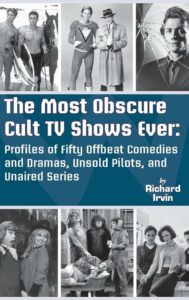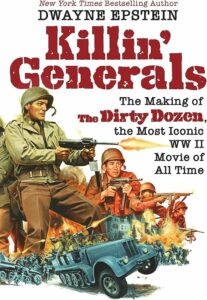I can finally reveal the news! ID8 Multimedia, led by industry veterans Derek Dudley and Shelby Stone, have acquired the screen rights to my thriller to “Malibu Burning.” Here’s the full story from the press release:
The high-concept, 2023 bestseller follows two Los Angeles County arson investigators who suspect that a massive wildfire raging through the Santa Monica mountains is part of an elaborate heist by a professional thief and his skilled crew. Dudley and Stone, producers on the TV series “The Chi” and “Horror Noir,” are set to executive produce the adaptation alongside Goldberg and talent manager Craig Dorfman.
“‘Malibu Burning’ embodies the pulse-pounding energy of classic cat-and-mouse thrillers like Heat, pitting a seasoned arson investigator and an ex-U.S. Marshal against a brilliant, charismatic thief trying to pull off an impossible score.” Stone said. “Derek and I are thrilled to bring this electrifying story to the screen.”
Dudley echoed Stone’s enthusiasm. “I am blessed to collaborate with Lee, Craig, and Shelby to bring ‘Malibu Burning’ to life. Lee is a prolific storyteller who creates novels filled with rich and intriguing characters. He has stuck gold again with this fast-paced, action-packed Robin hood heist in a raging inferno.”
Talent Manager Craig Dorfman brought the project to ID8. “I’ve been a fan of Lee’s since I read his 2018 bestseller ‘True Fiction‘ and my obsession continues to this day. I’m excited to work with this team on ‘Malibu Burning,’ which is full of fascinating characters, relentless action, and crackling dialogue.”
“I’m so lucky to be in business with such a creative, enthusiastic, collaborative, and successful team,” said Goldberg, who is repped for film & TV by Mitchel Stein of The Stein Agency and in publishing by Amy Tannenbaum of the Jane Rotrosen Agency. His novel “Ashes Never Lie,” a sequel to “Malibu Burning,” will be published in September. A third book is slated for Spring 2025.
With over 40 novels to his credit, among them the bestselling “True Fiction,” “Lost Hills,” “Calico” and a five-book collaboration with Janet Evanovich, Goldberg’s diverse portfolio also includes extensive television writing and producing credits, including “Diagnosis Murder,” “SeaQuest,” and “Monk,” and co-creating the Hallmark movie series “Mystery 101.”
Shelby Stone is a prolific, Emmy Award-winning producer with numerous projects in development, including “Hate to See You Go” starring Morgan Freeman and a new feature documentary from Oscar-winner Questlove (“Summer of Soul”) on Sly Stone. She is also an experienced executive, having run production companies for several high-profile stars, including Jamie Foxx, Queen Latifah and Common.
Derek Dudley is an industry veteran with a successful entertainment career spanning over three decades, shaping and managing the careers of music heavyweights such as acclaimed producer and record label mogul Jermaine Dupri and Academy Award winning artist, actor, author and social activist Common.
Craig Dorfman, whose client roster includes Lorraine Toussaint, Adrienne C. Moore, Joshua Malina, Patricia Richardson and Jabari Banks, is known for his keen eye for emerging talent and his adept management of established artists.
The next step is for the producers to attach a screenwriter, director and star to the project, which I hear they are hard at work doing right now. I’ve been sitting on the news for a while now, so it’s exciting to finally be able to share it with you. I hope to have more exciting news to share with you about one of my other novels as soon as the “powers that be” give me the ok.










 The prolific Irvin continues to mine the corners of TV ephemera for his exhaustively detailed, wonderful unique TV reference books which, as I’ve said again and again, seem to be written just for me. I love his books and wish they’d existed before I wrote my book Unsold Television Pilots back in the 80s. It would have made my research so much easier, and my listings much more informative… particularly in the case of this book. If you’ve always wanted to know more about pioneering TV producers Jack Chertok, Roland Reed, or Edward Lewis, the King of the Backdoor Pilot, this is the book for you. Speaking of back-door pilots, Irvin’s chapter on Movie Star TV Production Companies sounds like a pilot proposal for a series of books aimed, with laser-focus, on my wallet. This is a must-have for any TV reference collection….and for true historians of TV history.
The prolific Irvin continues to mine the corners of TV ephemera for his exhaustively detailed, wonderful unique TV reference books which, as I’ve said again and again, seem to be written just for me. I love his books and wish they’d existed before I wrote my book Unsold Television Pilots back in the 80s. It would have made my research so much easier, and my listings much more informative… particularly in the case of this book. If you’ve always wanted to know more about pioneering TV producers Jack Chertok, Roland Reed, or Edward Lewis, the King of the Backdoor Pilot, this is the book for you. Speaking of back-door pilots, Irvin’s chapter on Movie Star TV Production Companies sounds like a pilot proposal for a series of books aimed, with laser-focus, on my wallet. This is a must-have for any TV reference collection….and for true historians of TV history. and movie-historians will find the book a fascinating and engaging reference work. I sure did. (As an aside — I can’t believe the notoriously litigious Bond producers haven’t sued McFarland & Co. for using the full poster of ON HER MAJESTY’S SECRET SERVICE as their cover!).
and movie-historians will find the book a fascinating and engaging reference work. I sure did. (As an aside — I can’t believe the notoriously litigious Bond producers haven’t sued McFarland & Co. for using the full poster of ON HER MAJESTY’S SECRET SERVICE as their cover!). his picks of which shows and pilots and never-aired-series to include seems very arbitrary. It’s not clear what made these particular bombs any more worthy of being remembered than the 100s of others out there. The detailed descriptions of unaired episodes of short-lived become tedious and irrelevant, unless you happen to be one of the very few fans of one of these forgotten shows. I wish, instead, that less information was given on the unaired episodes and more space given to interviews with the writers & producers to give us more details on the creation and failure of these shows…and why they deserve not to be forgotten. That said, I don’t really get the point of this book. While I loved it, because I eat this kind of stuff up, I’m an outlier. I have to admit, as Irvin’s biggest fan, that this is his first misfire, a book that doesn’t strike me as necessary, or particularly useful, TV reference or history book.
his picks of which shows and pilots and never-aired-series to include seems very arbitrary. It’s not clear what made these particular bombs any more worthy of being remembered than the 100s of others out there. The detailed descriptions of unaired episodes of short-lived become tedious and irrelevant, unless you happen to be one of the very few fans of one of these forgotten shows. I wish, instead, that less information was given on the unaired episodes and more space given to interviews with the writers & producers to give us more details on the creation and failure of these shows…and why they deserve not to be forgotten. That said, I don’t really get the point of this book. While I loved it, because I eat this kind of stuff up, I’m an outlier. I have to admit, as Irvin’s biggest fan, that this is his first misfire, a book that doesn’t strike me as necessary, or particularly useful, TV reference or history book. Lee Marvin: Point Blank. Epstein builds his book on his own interviews, but also upon previously published material gleaned from newspapers, actor biographies, and the like. The only drawback to the book are the lengthy, overly-detailed synopses of the novel and each draft of the script, Frankly, I skimmed most of the synopses, though I might go back to re-read those portions of the book if I ever re-watch the movie. I heartily recommend this book to anyone who is interested in film-making, regardless of whether you’ve seen the movie or not.
Lee Marvin: Point Blank. Epstein builds his book on his own interviews, but also upon previously published material gleaned from newspapers, actor biographies, and the like. The only drawback to the book are the lengthy, overly-detailed synopses of the novel and each draft of the script, Frankly, I skimmed most of the synopses, though I might go back to re-read those portions of the book if I ever re-watch the movie. I heartily recommend this book to anyone who is interested in film-making, regardless of whether you’ve seen the movie or not.